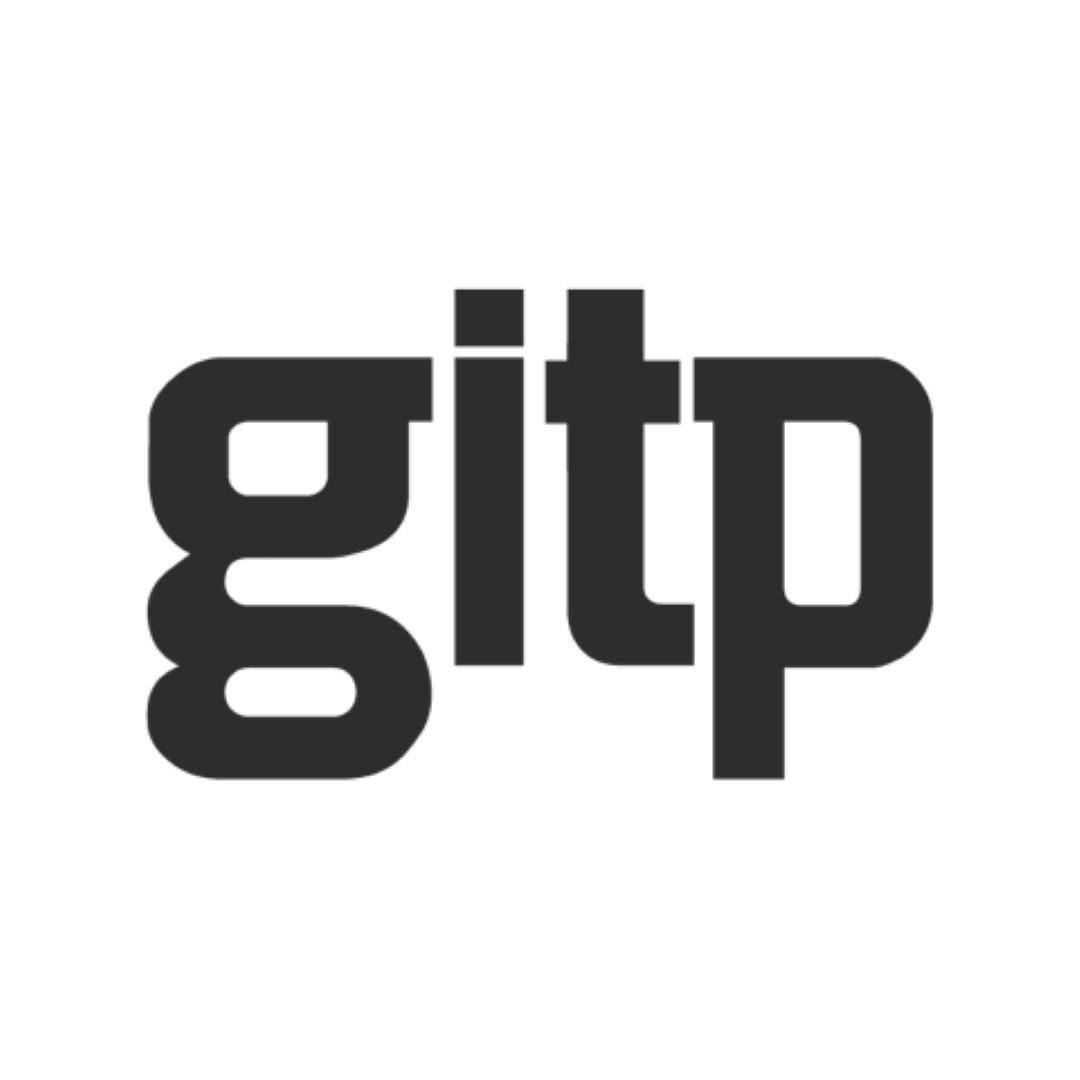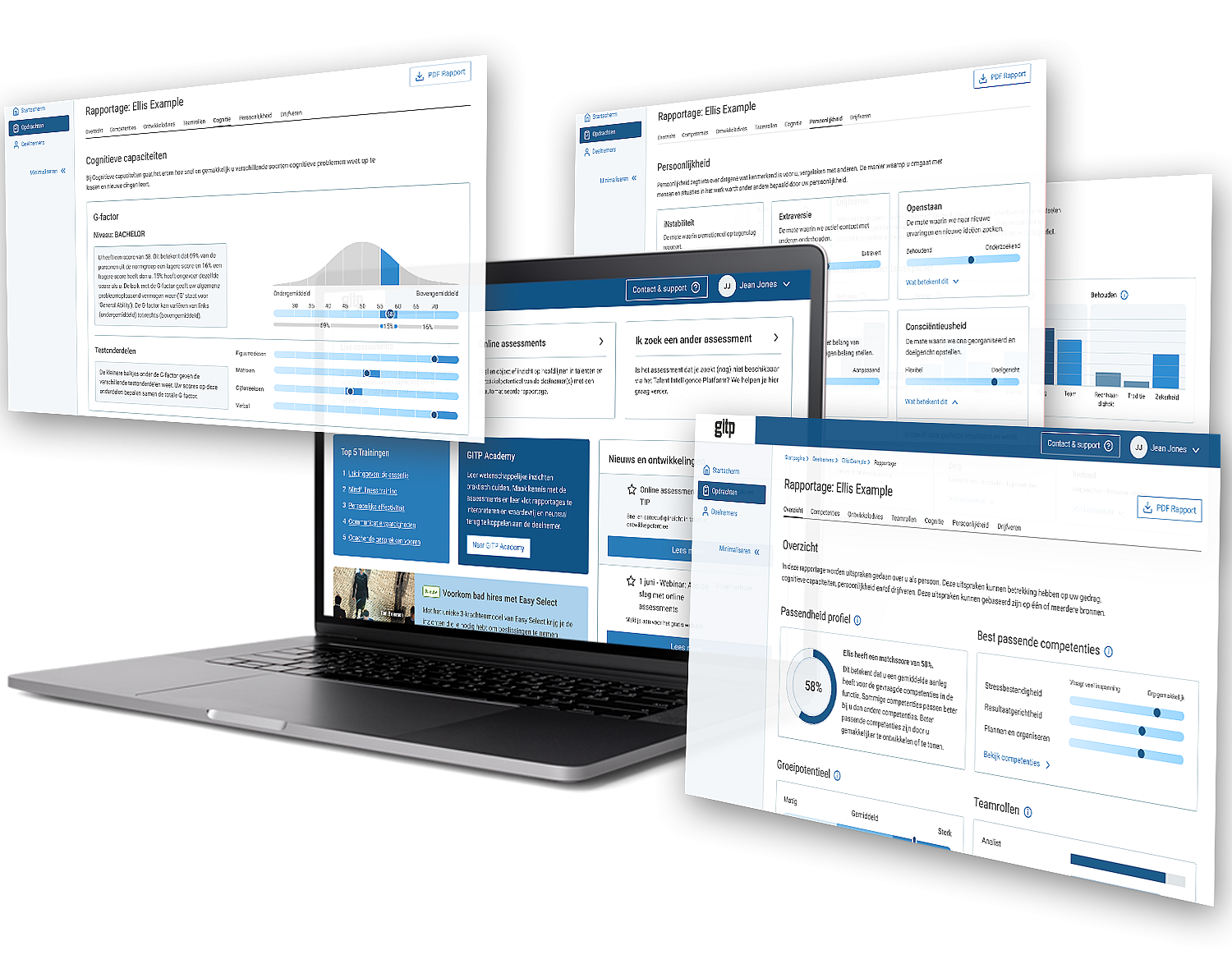
CO-CREATION DRIVES LEADERSHIP PROGRAM AT RIJKSWATERSTAAT

Case Rijkswaterstaat
Margreet van de Werken, program leader at Rijkswaterstaat, explains: “Since 2019, we have had a continuous program for our leaders. Four times a year, we gather for a day to explore and address certain themes. For this new program, we wanted to include a larger group because we recognized that our coordinators also play an important role in managing colleagues. We chose Inclusion & Ownership as themes because we aim to create an environment where everyone can speak up, feel comfortable, and work safely and effectively.” Lucie Gombert, account manager at GITP, adds: “We were immediately charmed by the request and the theme. We have accumulated a lot of expertise on inclusion and leadership, and training large groups is a good fit for GITP. Moreover, the partnership appealed to us. Co-creating the best possible program with your client is a unique way of collaborating.”
A Program with Room for Development
Mathilde Maas Kuper, trainer at GITP, states: “At Rijkswaterstaat's request, we structured the program around Patrick Lencioni’s model, which describes the conditions for effective teams. It’s a philosophy we are well acquainted with, offering excellent touchpoints for leadership development. Additionally, the model embodies ownership and inclusivity.” Margreet adds: “With the model as a guide, we began shaping the content of the sessions. We didn’t set the program in stone beforehand but allowed room for adjustments. After each session, we evaluate and incorporate important insights into the next part. We do this in close co-creation with GITP. It’s a process that is both fun and exciting.”
Inspiration and Practical Application
The sessions focus on connection, inspiration, and self-reflection. Margreet explains: “The sessions are a place to engage in conversation. We use various principles for this. In the first session, personal stories were central, prompting people to think. Subsequently, in smaller groups, different perspectives are discussed. This leads to awareness of one’s own perspective, behavior, and how our organization stands.” Mathilde agrees: “A strong point of the program is that we have translated the theory into concrete behavior. What does this mean in practice? Participants can bring up situations, discuss them, and practice with actors.” Margreet continues: “Every participant has a buddy in the program to exchange thoughts with; we hold intervisions and provide assignments and tools to apply in practice.”
Bringing Perspectives to the Fore Front
The participants' feedback on the program is mostly positive. Mathilde notes: “Especially in the first trainings, quite a few emotions surfaced. Not everyone could immediately handle the way we introduced the themes. Although it was an adjustment, it led to valuable interaction. The issues within the organization truly came to light. One of the MT members said, ‘So much has never been expressed before.’ Margreet concurs: “However, you must carefully consider the balance in your approach. Sometimes you may want to go too fast, too soon. Then an open program is really advantageous, allowing you to adjust in the next round.”
360-Degree Feedback
Margreet explains: “We continuously measure what happens in the program. Each participant completes an evaluation after a session. Besides a few fixed questions, there is always room for open feedback. We review this carefully. To assess each individual’s development, every participant receives 360-degree feedback. This includes a self-evaluation and feedback from several colleagues on their visible work behavior, providing a clear picture of their development points.”
Relevant Collaboration
Margreet concludes: “Initially, we had to get used to each other, which is perhaps a natural result of collaborating on an open program with room for experimentation. But soon we found a pleasant way of working together. I find co-creation a powerful principle, and it’s very nice to add GITP’s expertise to our own ideas. Together, we aim to deliver an interesting, relevant, and useful program to our leaders.”
Would you like to know more about GITP's in-company programs?
Ask one of our consultants. We're here to help! Call 088 448 70 00 or schedule a consultation.



